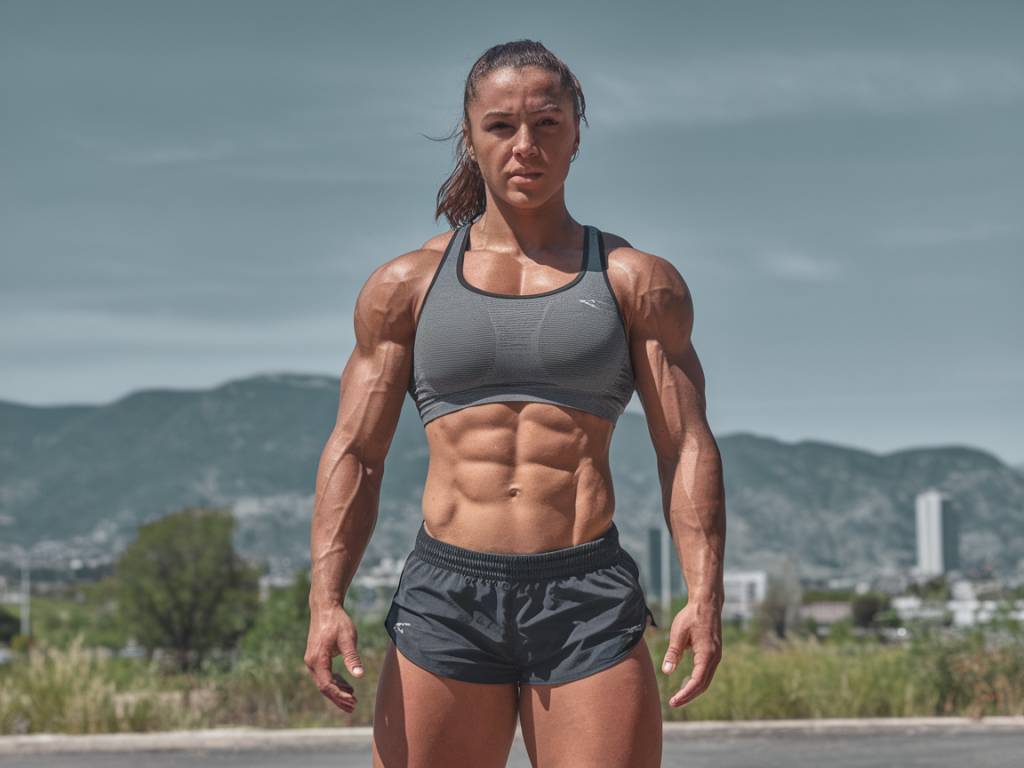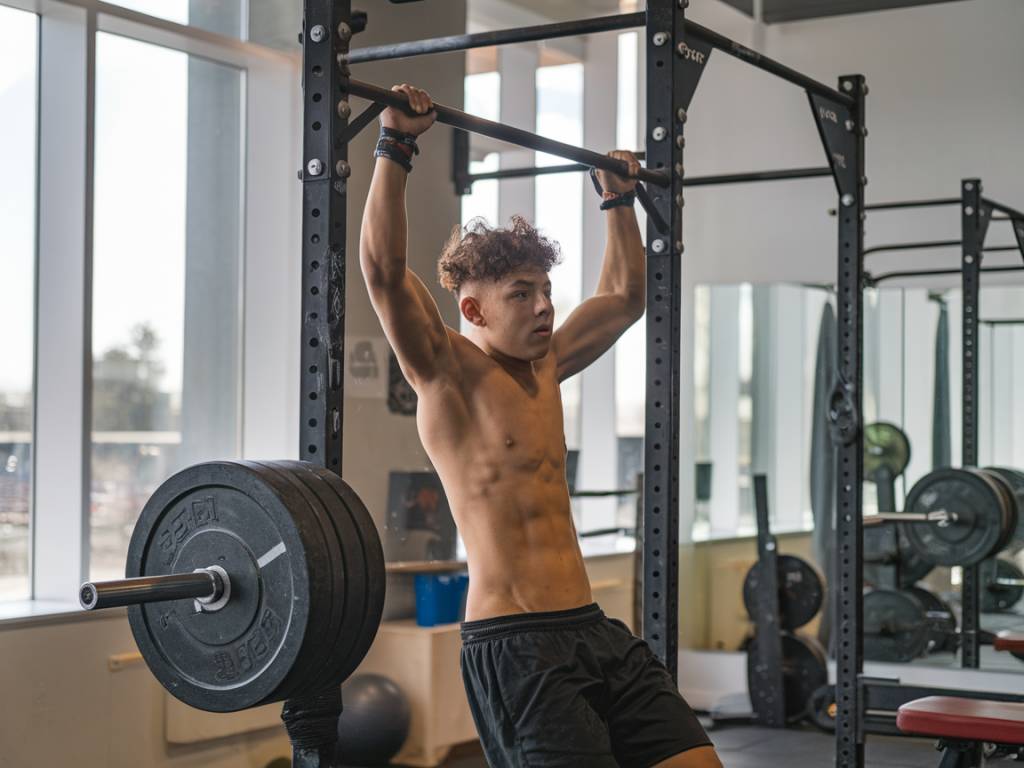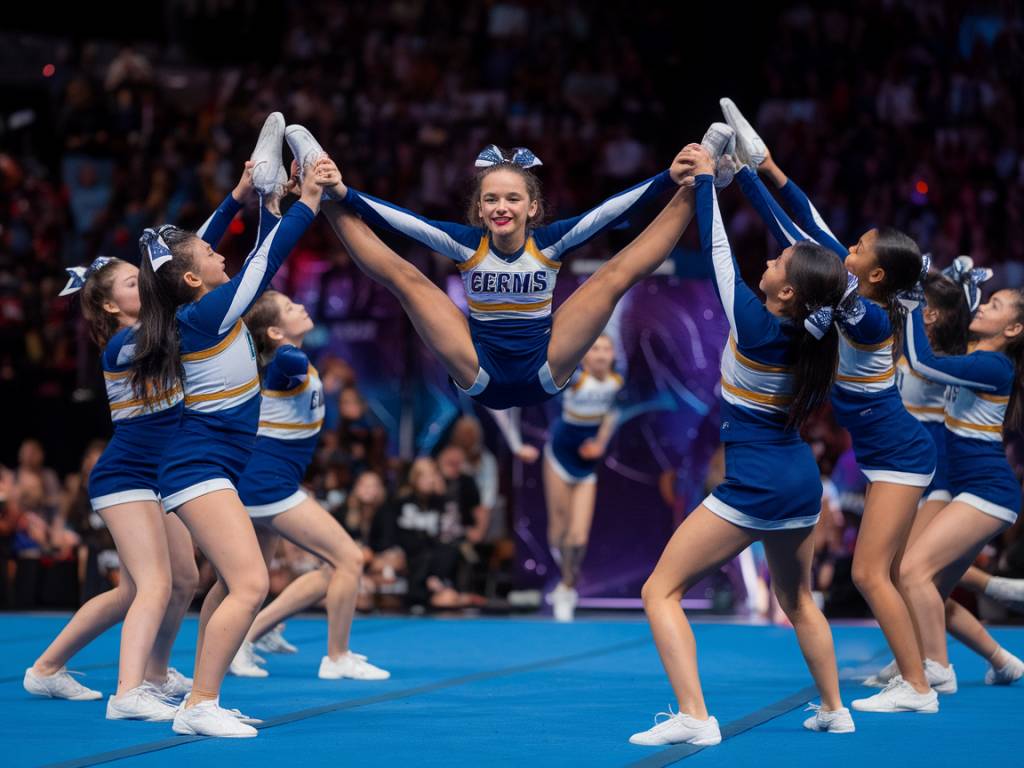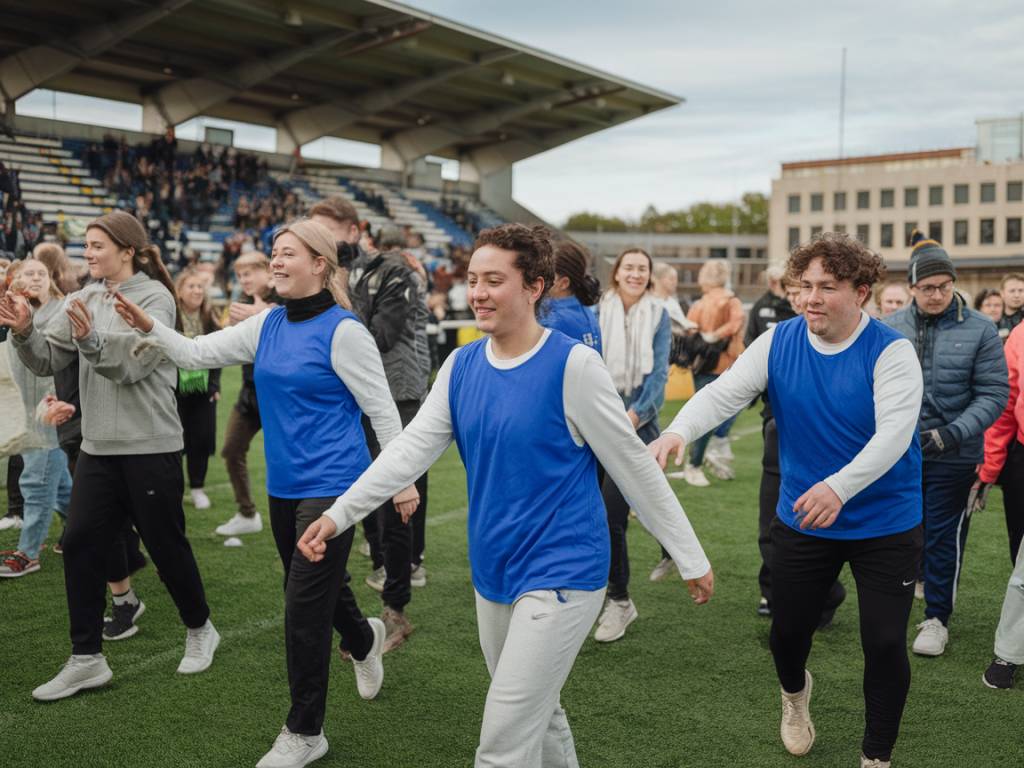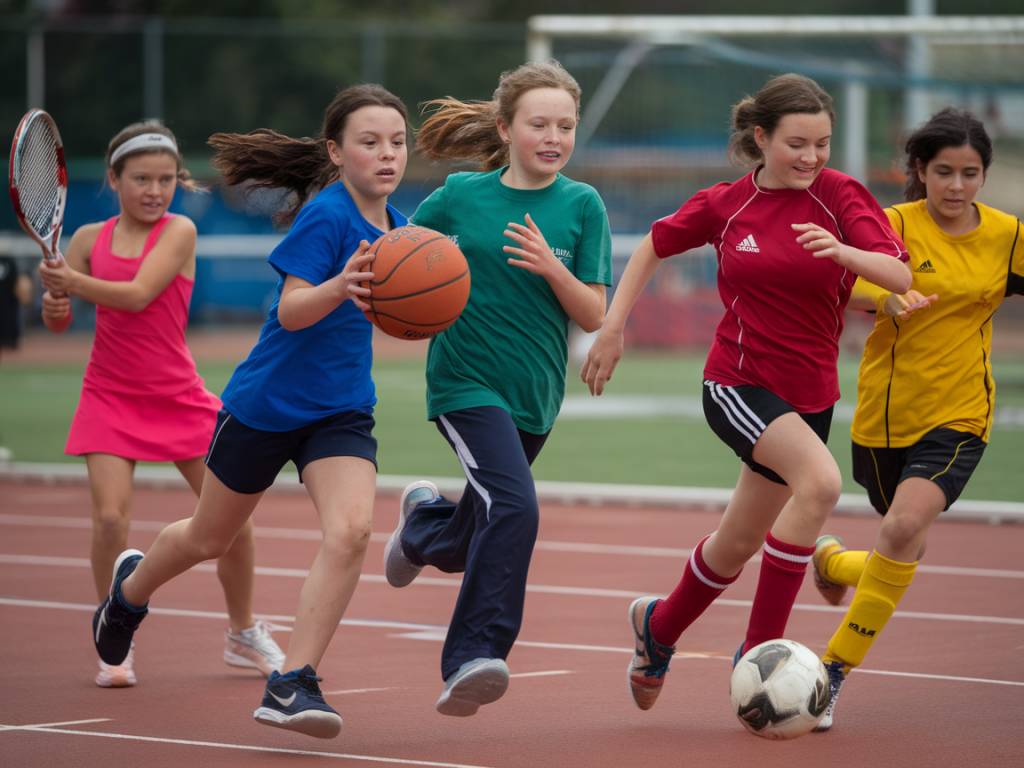Women in sports have long been pushing boundaries, shattering records, and challenging stereotypes. But let’s be real—are we truly giving women the spotlight they deserve? The future of women in sports isn’t just promising; it’s revolutionary. It’s about time we dive into what’s changing, who’s leading the charge, and where we’re headed. Spoiler alert: the future is fierce, fast, and female.
The Rise of Visibility: Women Taking Center Stage
For decades, women’s sports were relegated to the sidelines (literally and figuratively). But not anymore. The recent surge in viewership for female sports events, like the UEFA Women’s Champions League and the WNBA finals, proves one thing loud and clear—people want to watch women athletes. The 2023 FIFA Women’s World Cup, for instance, garnered a record-breaking global audience, with millions tuning in to see talent and grit on display.
But visibility isn’t just about TV ratings. Social media has given female athletes the platform to build their personal brands and connect with fans like never before. Take Naomi Osaka, who isn’t just a tennis powerhouse but also a mental health advocate and fashion entrepreneur. Or Megan Rapinoe, whose fearless activism has made her a global icon. Their Instagram and Twitter feeds aren’t just pictures—they’re movements.
Breaking Barriers: More Opportunities, Less Bias
Let’s talk access. Over the years, the number of opportunities for women in sports has exploded, from grassroots initiatives to professional leagues. Programs like « Girls on the Run » or Nike’s « Made to Play » campaigns aren’t just about getting girls moving—they’re about getting them dreaming. When young girls see female athletes breaking boundaries, it sparks something powerful: belief.
Even at the professional level, we’re seeing shifts. In 2022, the U.S. Women’s National Soccer Team achieved a historic equal pay agreement, leveling the playing field with their male counterparts. Meanwhile, organizations like UEFA and the International Olympic Committee continue to push for more visibility, funding, and support for female athletes. Is it perfect? Not yet. But it’s progress.
Tech and Training: How Innovation Levels the Playing Field
Technology and innovation are completely transforming the game—for everyone—but especially for women who face unique challenges in sports. Wearables and performance tracking are creating data-driven training programs tailored to female physiology. Apps like Wild.AI, which is designed for female athletes, even consider menstrual cycles to optimize training and recovery. Welcome to the age of smart sports.
Plus, advancements in broadcasting are finally giving women’s sports the attention they deserve. Whether it’s VR highlights, in-depth stats, or interactive experiences, tech is making sure fans stay engaged and excited. When sports media evolves, so does its capacity to showcase female athletes as the powerhouse contributors they are.
The Mental Game: Breaking the Stigma Around Mental Health
Can we talk about how mental health is finally getting the spotlight it deserves? Female athletes like Simone Biles and Naomi Osaka have made it clear that mental readiness is as vital as physical training. These women have courageously spoken out about stepping back when needed, inspiring millions to prioritize their own mental well-being.
This isn’t just limited to elite athletes. Their openness has trickled down, influencing how youth programs and schools approach mental health in sports. Conversations about self-care, therapy, and stress management are getting normalized, creating a healthier, more supportive system for future generations.
Representation Matters: Coaches, CEOs, and Role Models
The fight for equality doesn’t end on the field. Women are increasingly stepping into leadership roles in the sports world, from coaching to executive positions. Becky Hammon became the first woman to coach full-time in the NBA, paving the way for others to follow. And don’t forget pioneers like Kim Ng, the first woman to serve as a general manager in Major League Baseball.
Representation at the top matters because it creates a ripple effect. When young girls see women in power—whether it’s Serena Williams dominating on the court or a female coach running the show—they start to believe they can do it too. These role models are planting seeds of ambition everywhere.
The Future Is Inclusive: Embracing Diversity in Women’s Sports
Diversity is the heartbeat of progress, and women’s sports are no exception. Inclusivity isn’t just about gender—it’s about race, sexuality, body type, and socioeconomic background. Let’s not forget the incredible stories of athletes like Ibtihaj Muhammad, the first American Muslim woman to wear a hijab while competing in the Olympics, or Caster Semenya, who has sparked global conversations on gender identity in athletics.
The next step? Ensuring that governing bodies, sponsors, and media truly embrace this diversity. Because when the world sees women of all backgrounds succeeding, the barriers they face begin to crumble.
What Can You Do? Be Part of the Movement
Still wondering how to help steer the future of women in sports? Here’s where you come in:
- Watch and support: Stream games, buy tickets, share highlights—boosting viewership makes a difference.
- Speak up: Call out inequalities when you see them and support initiatives that uplift women in sports.
- Mentor or coach: If you’re in a position to guide younger girls in sports, do it. They need role models like you.
- Follow female athletes: Engage with their content, share their stories, and elevate their voices.
The future of women in sports isn’t just about breaking through glass ceilings—it’s about smashing stereotypes, redefining narratives, and building a legacy of unapologetic excellence. Let’s keep pushing boundaries, because the game is just getting started.

